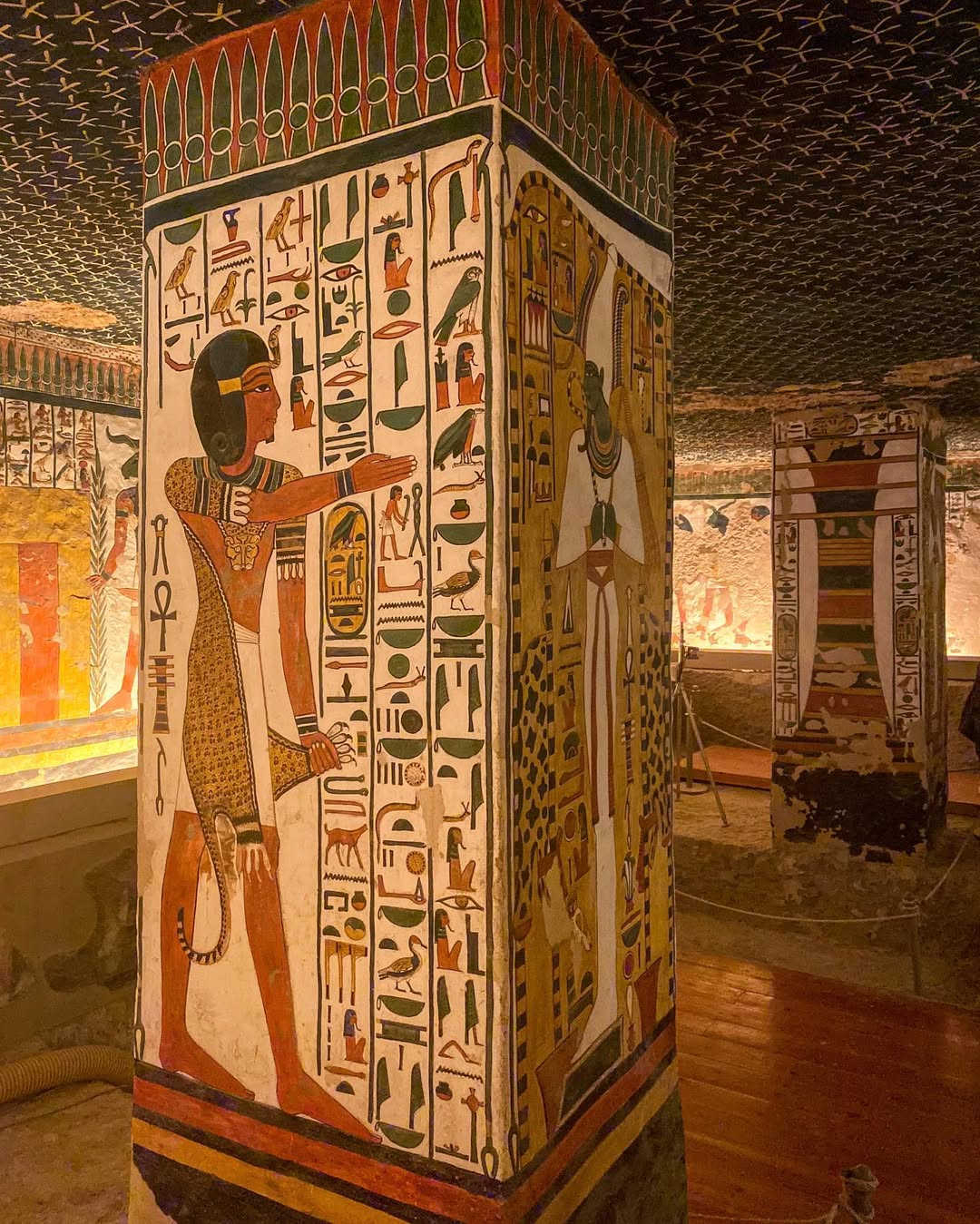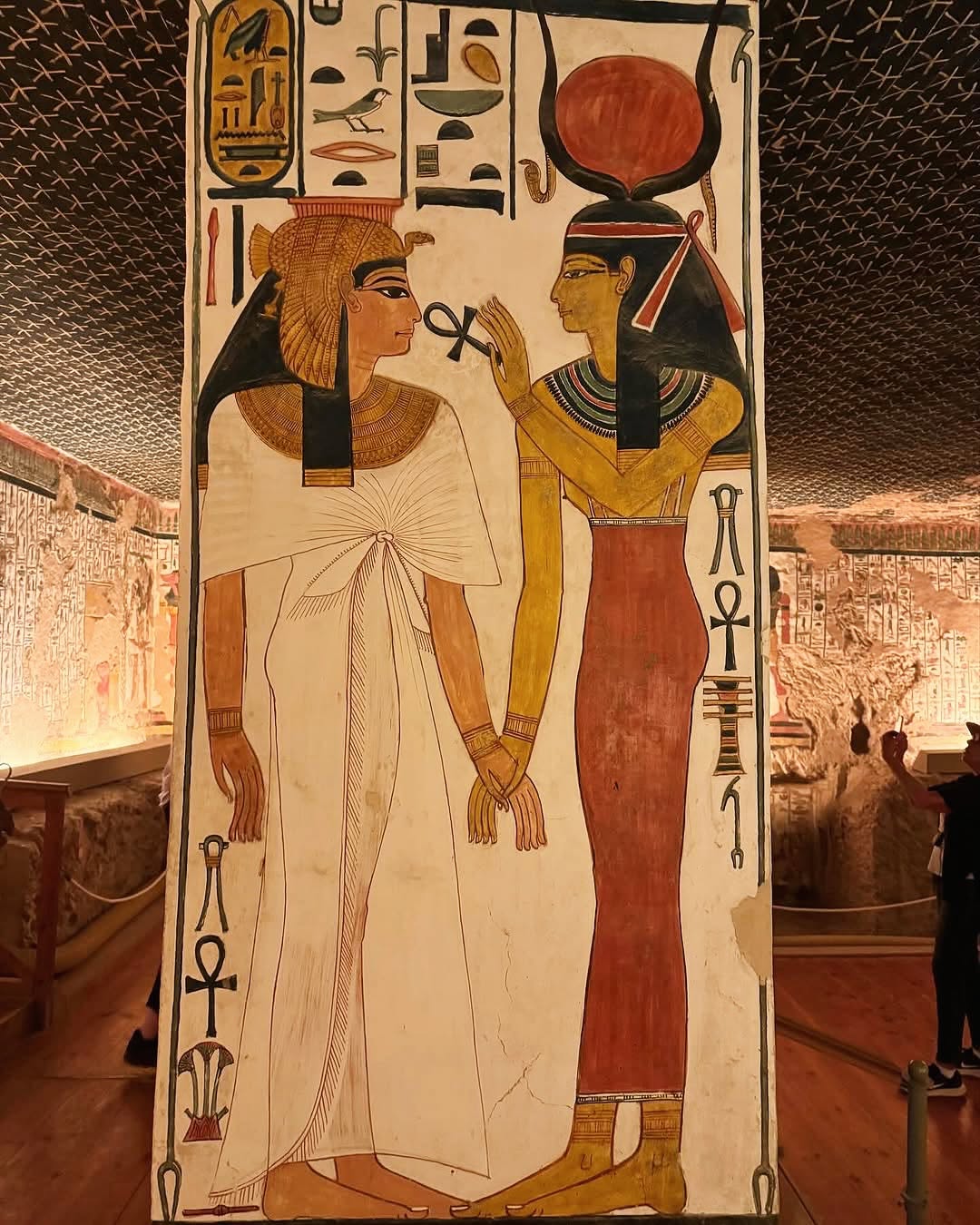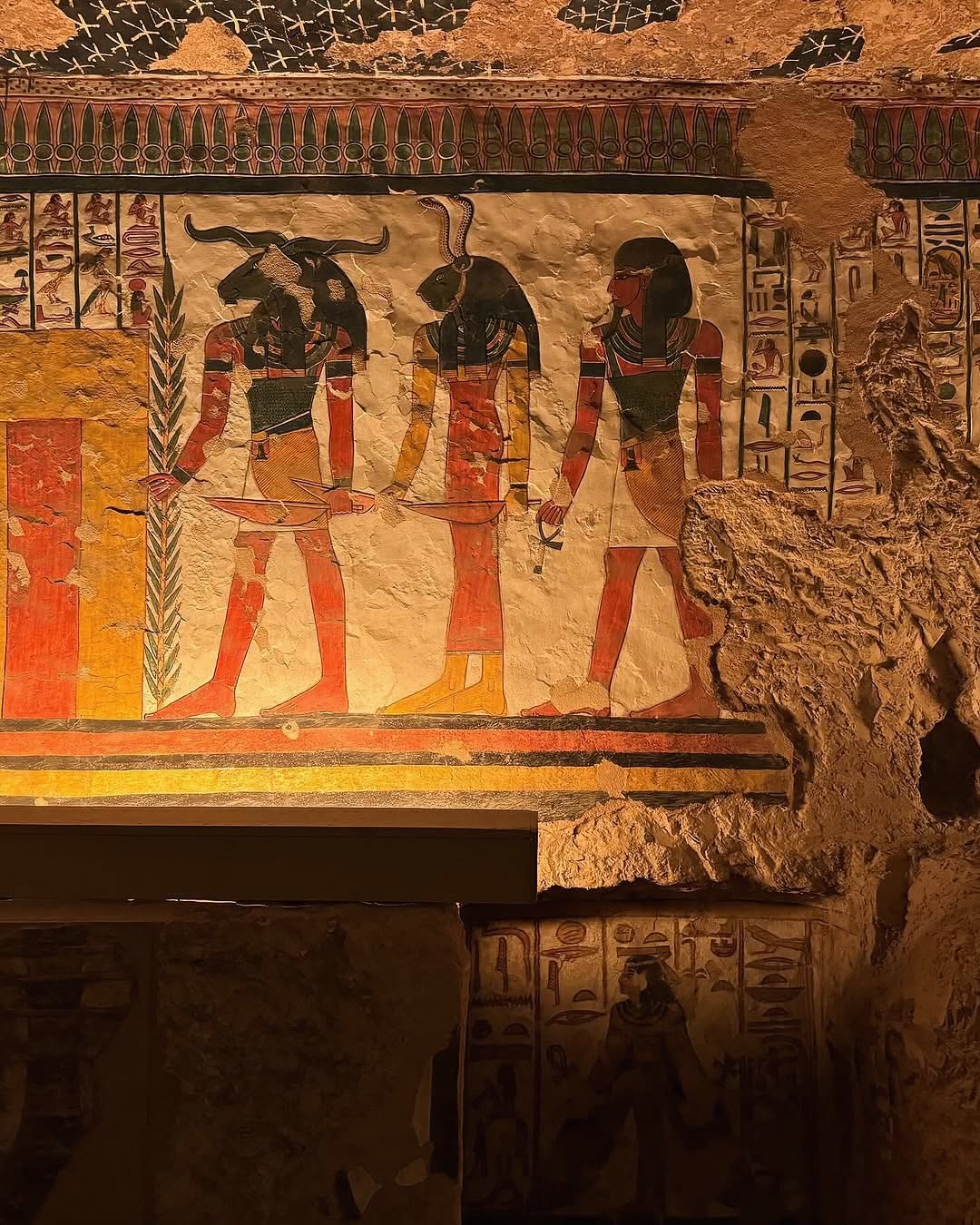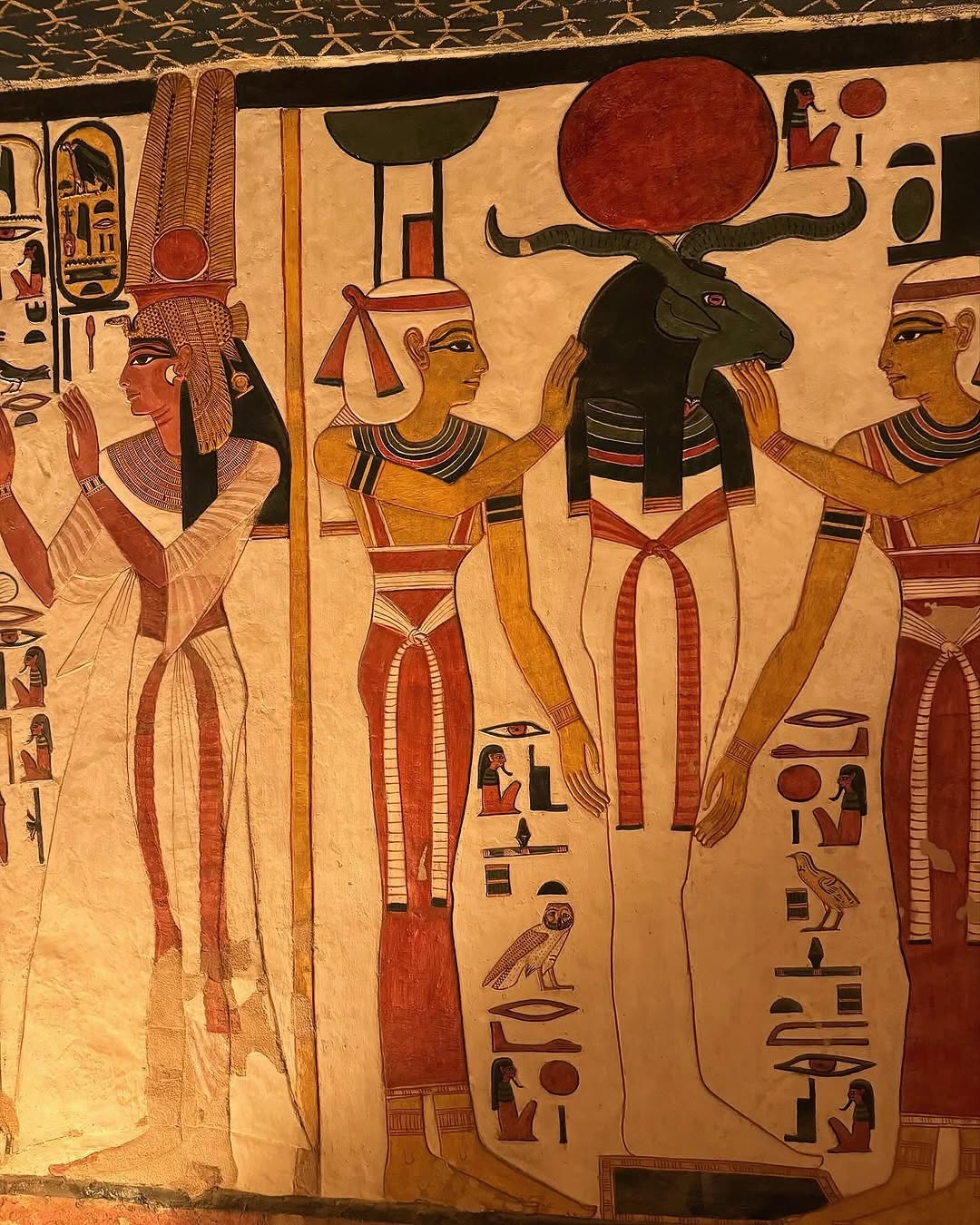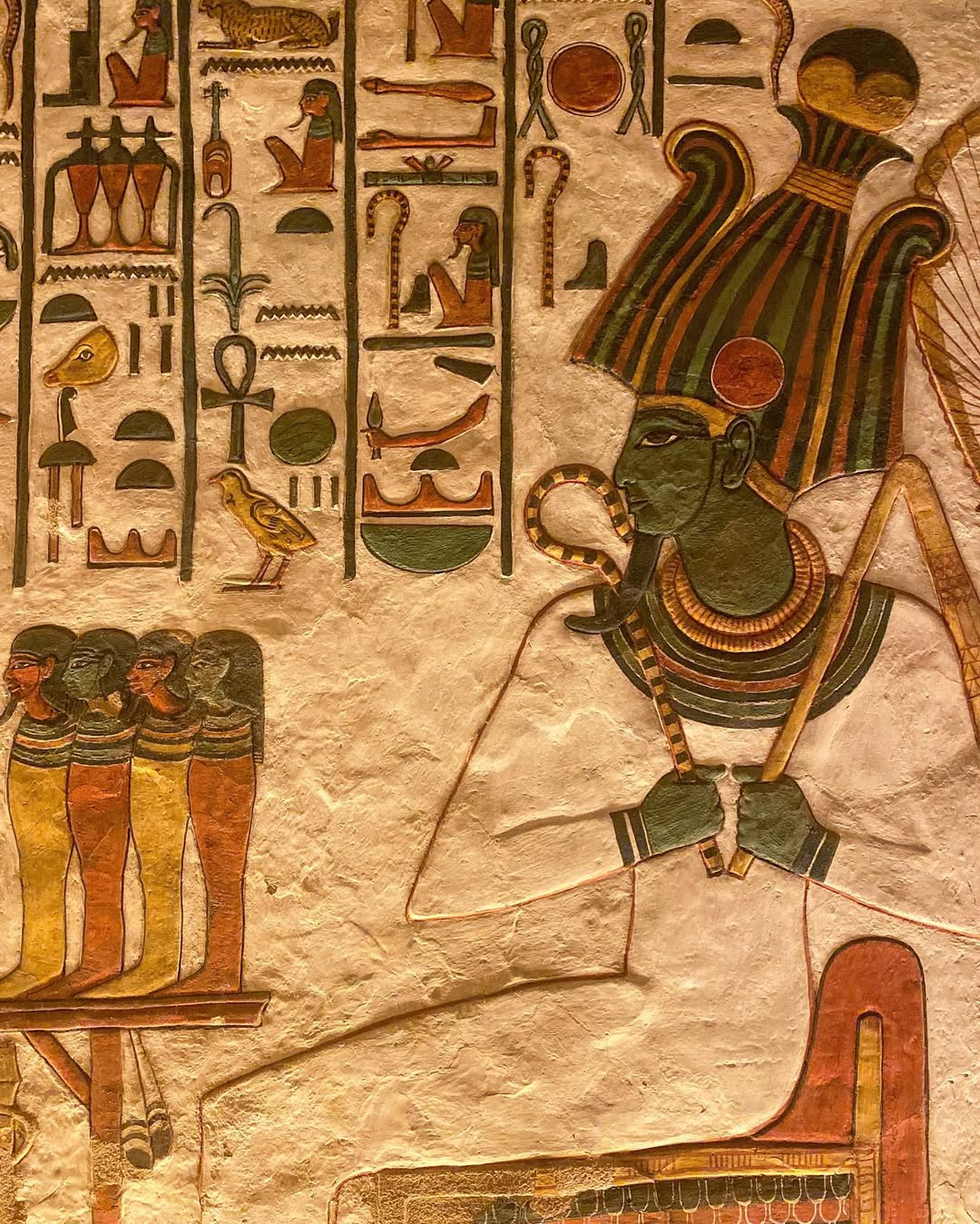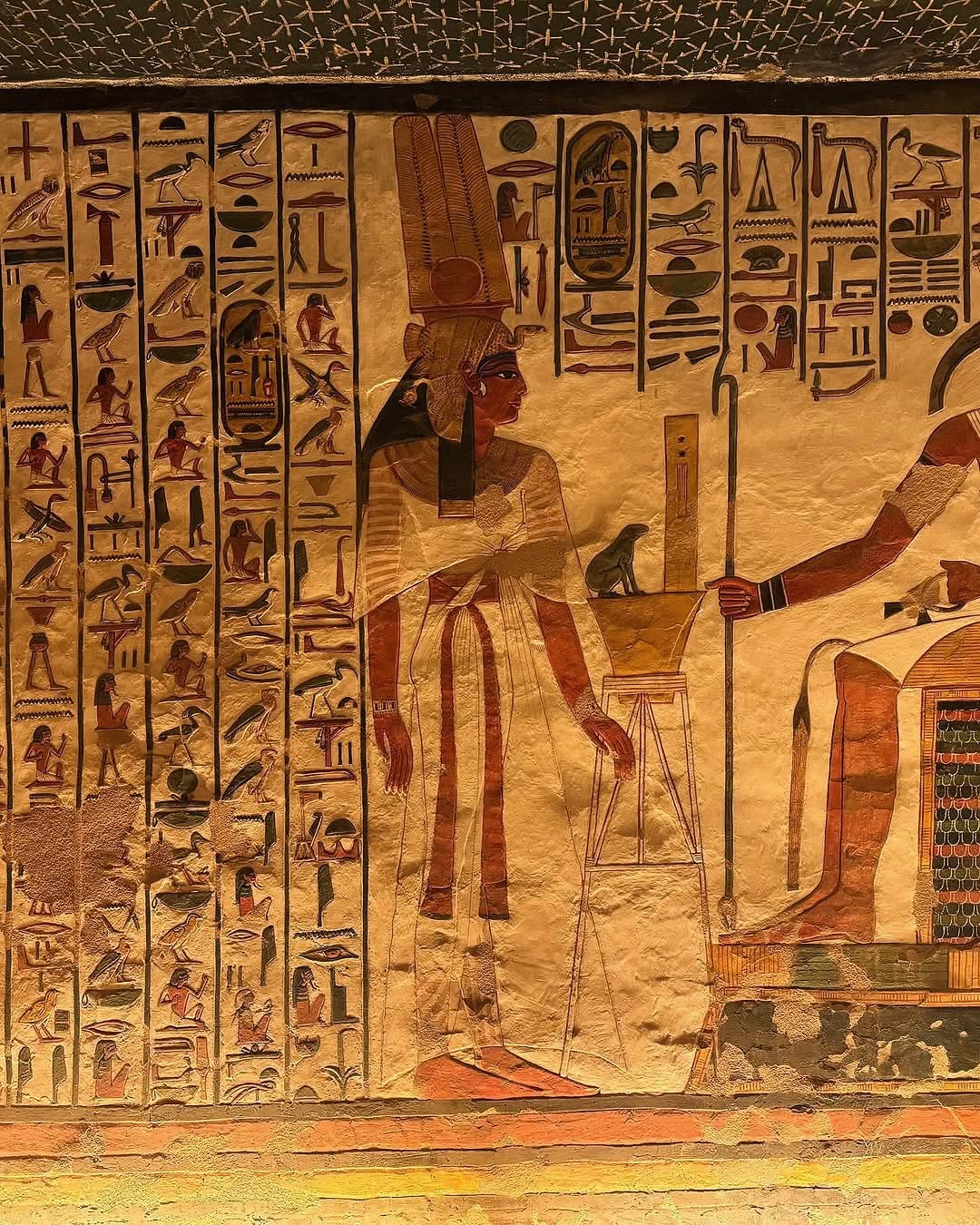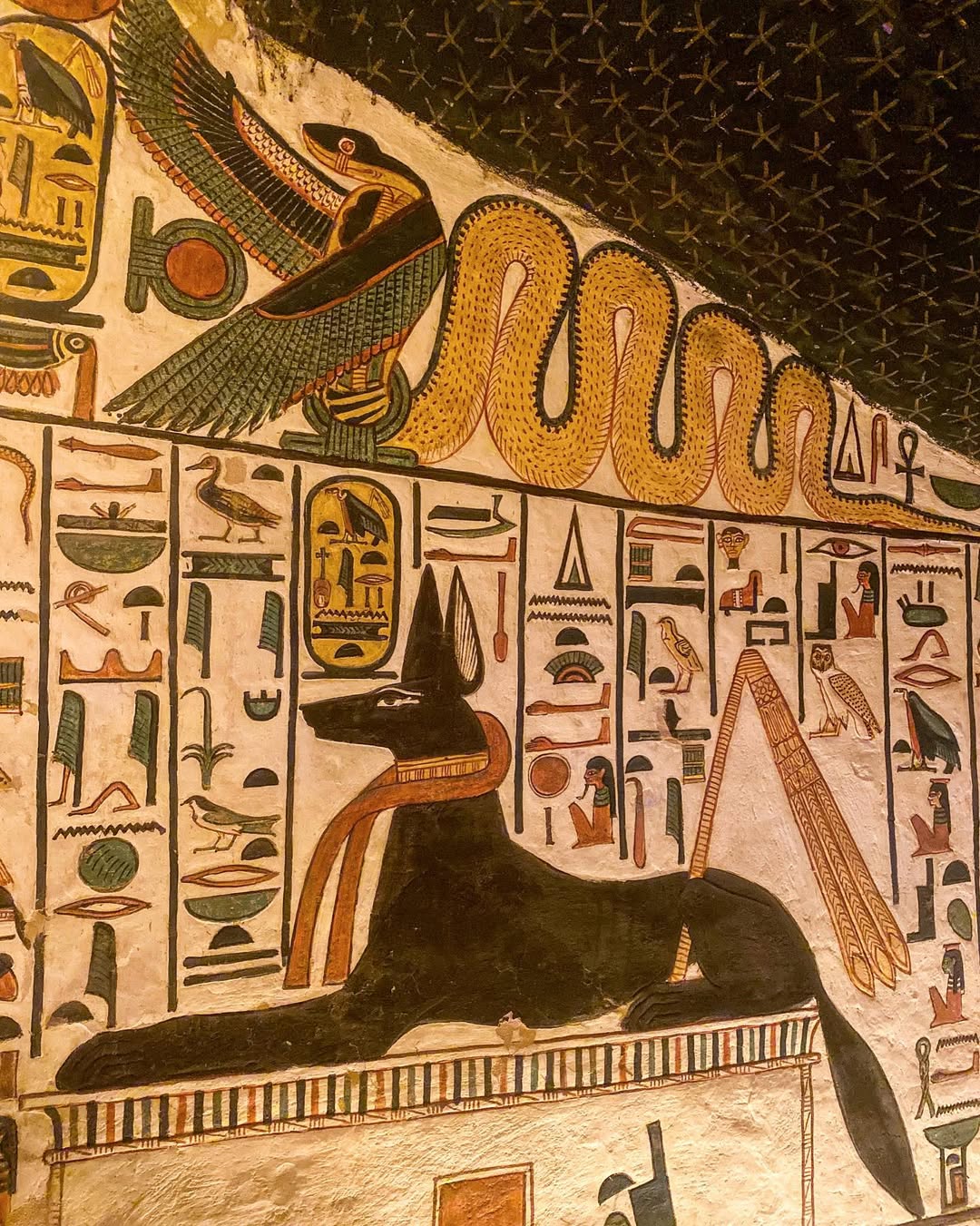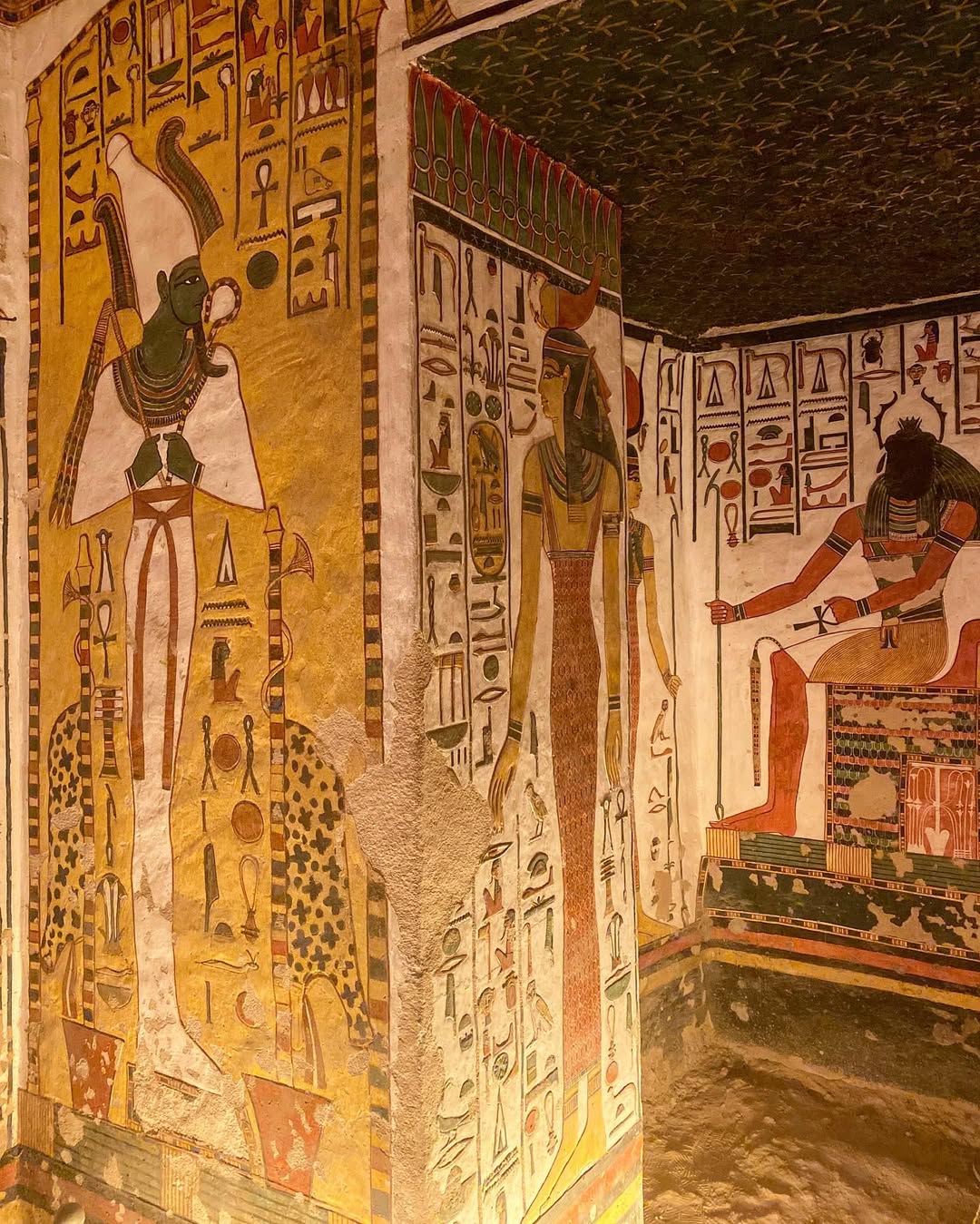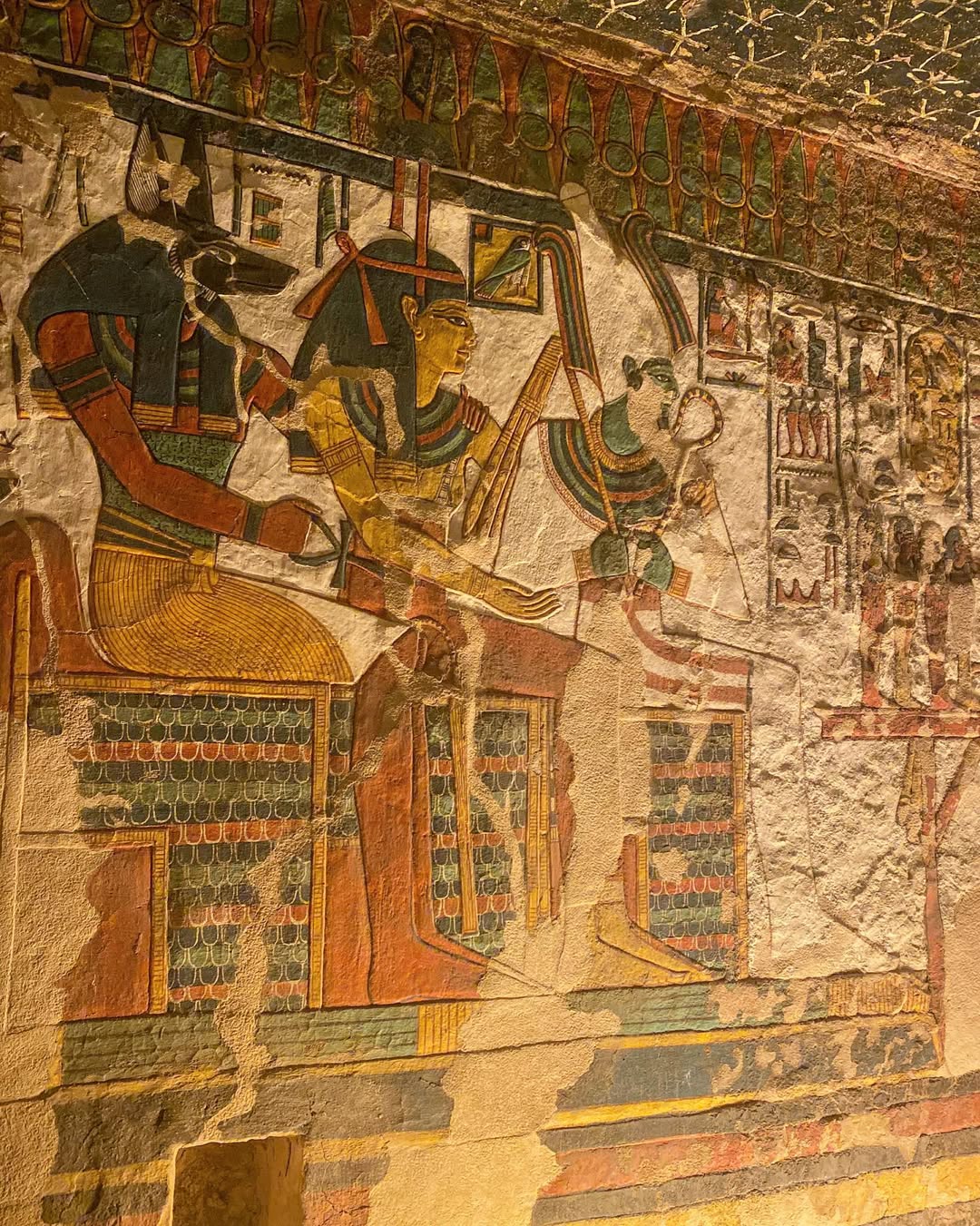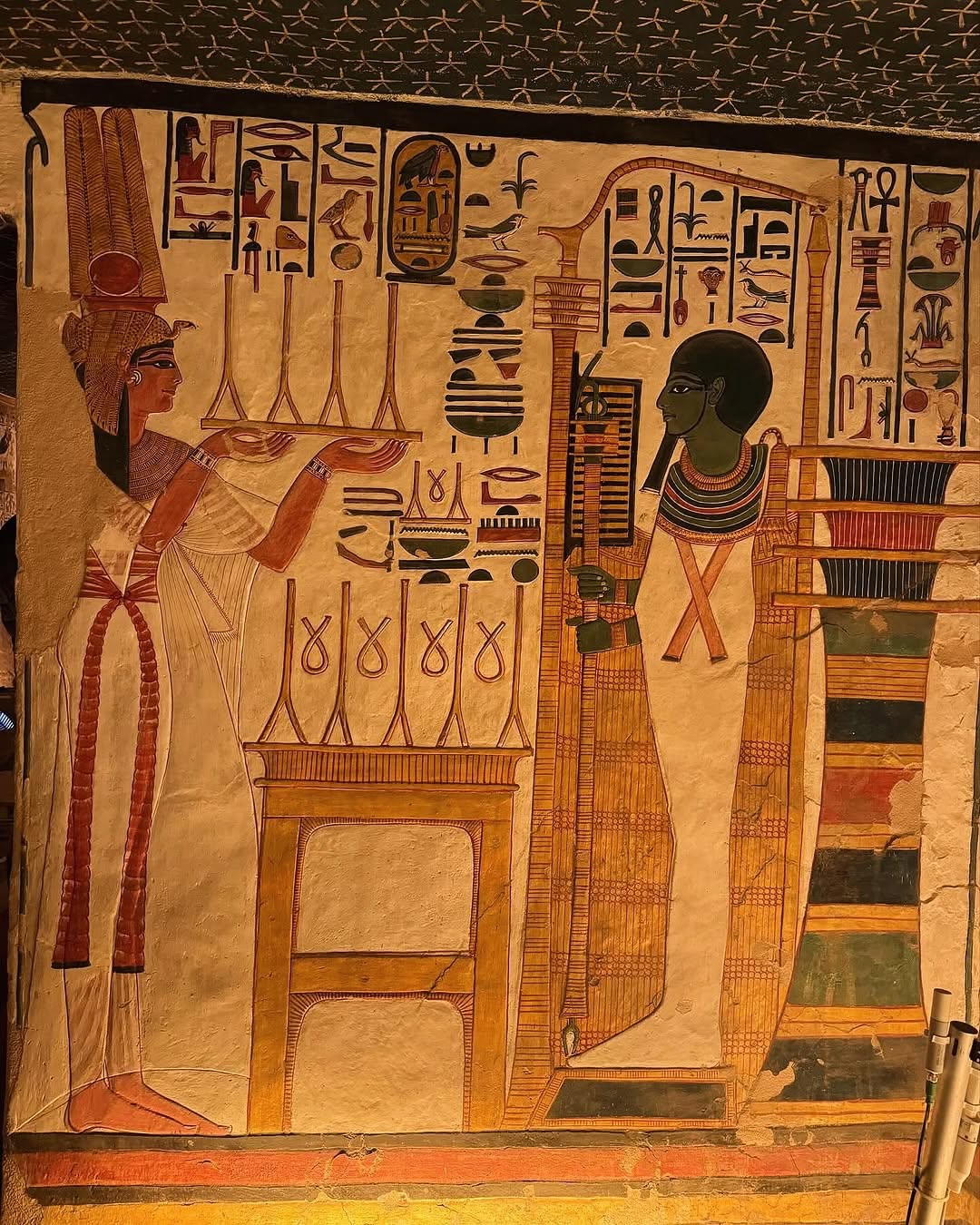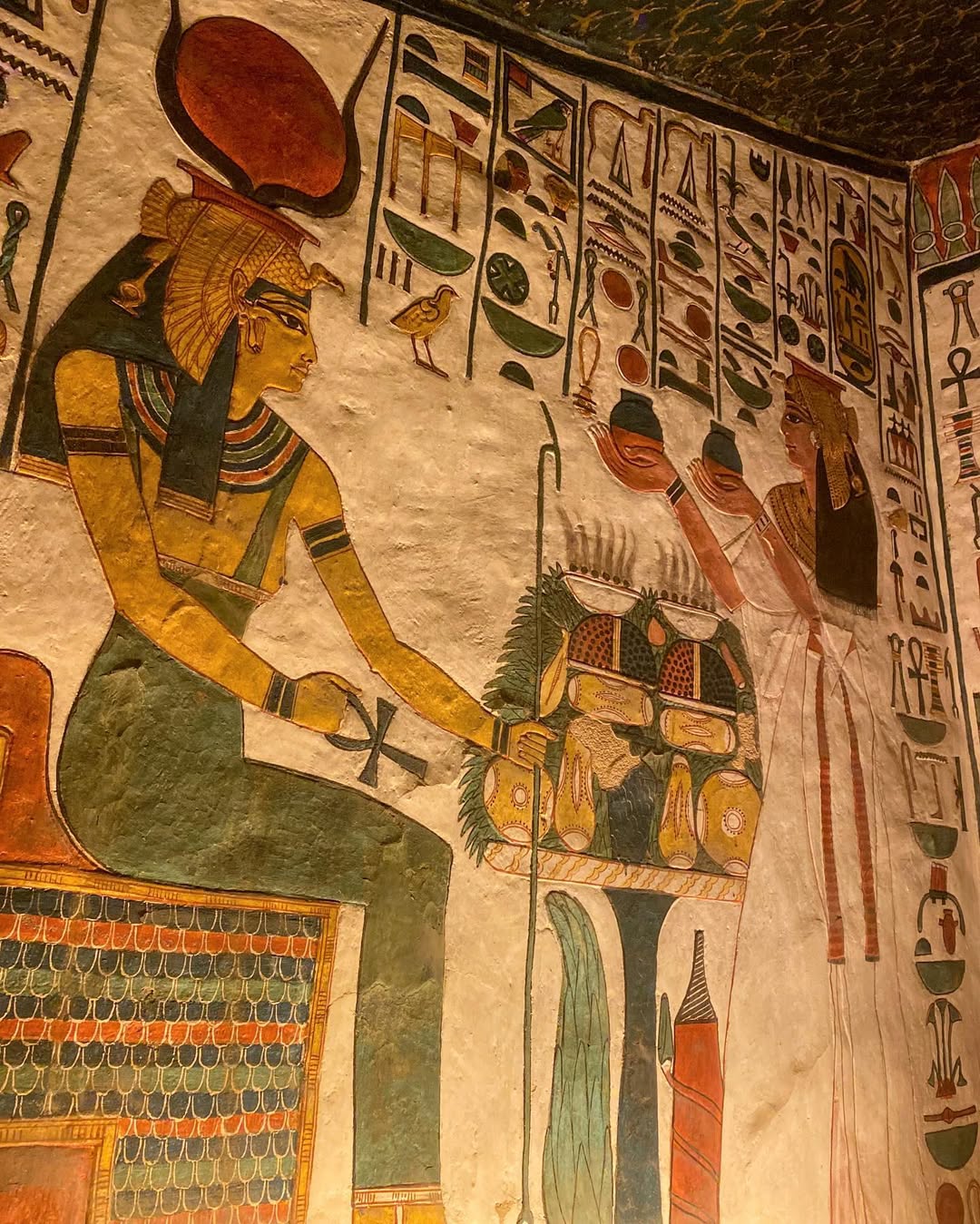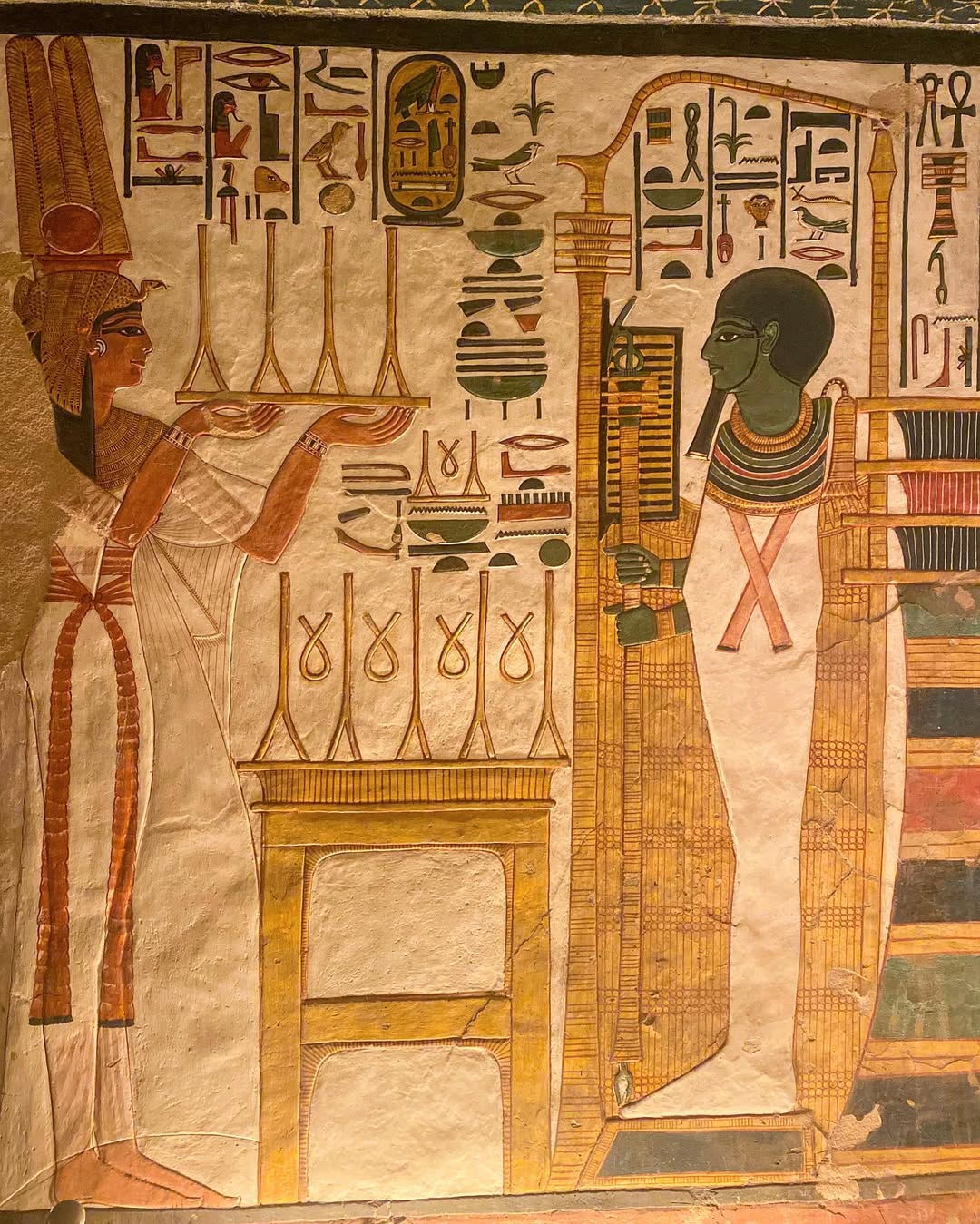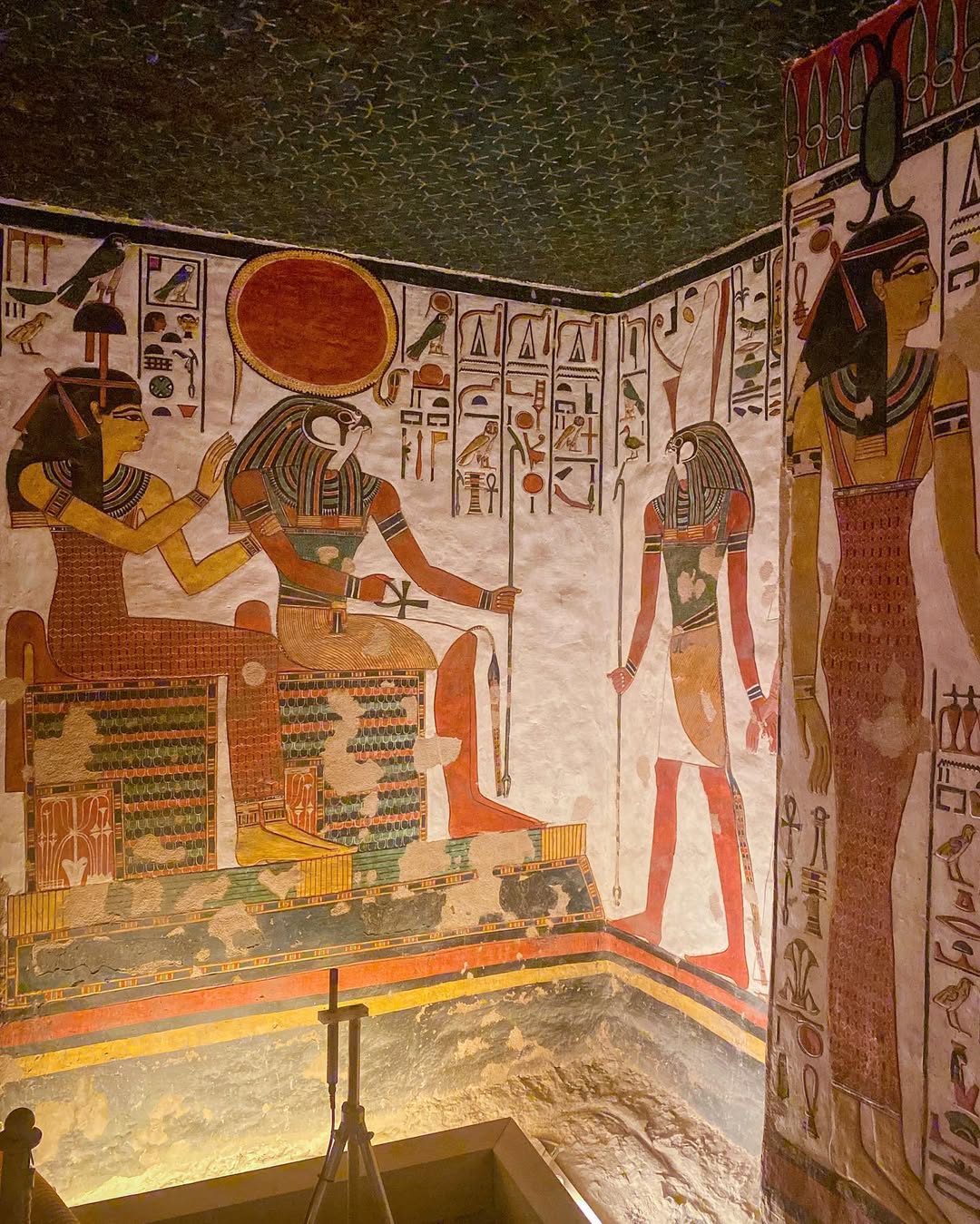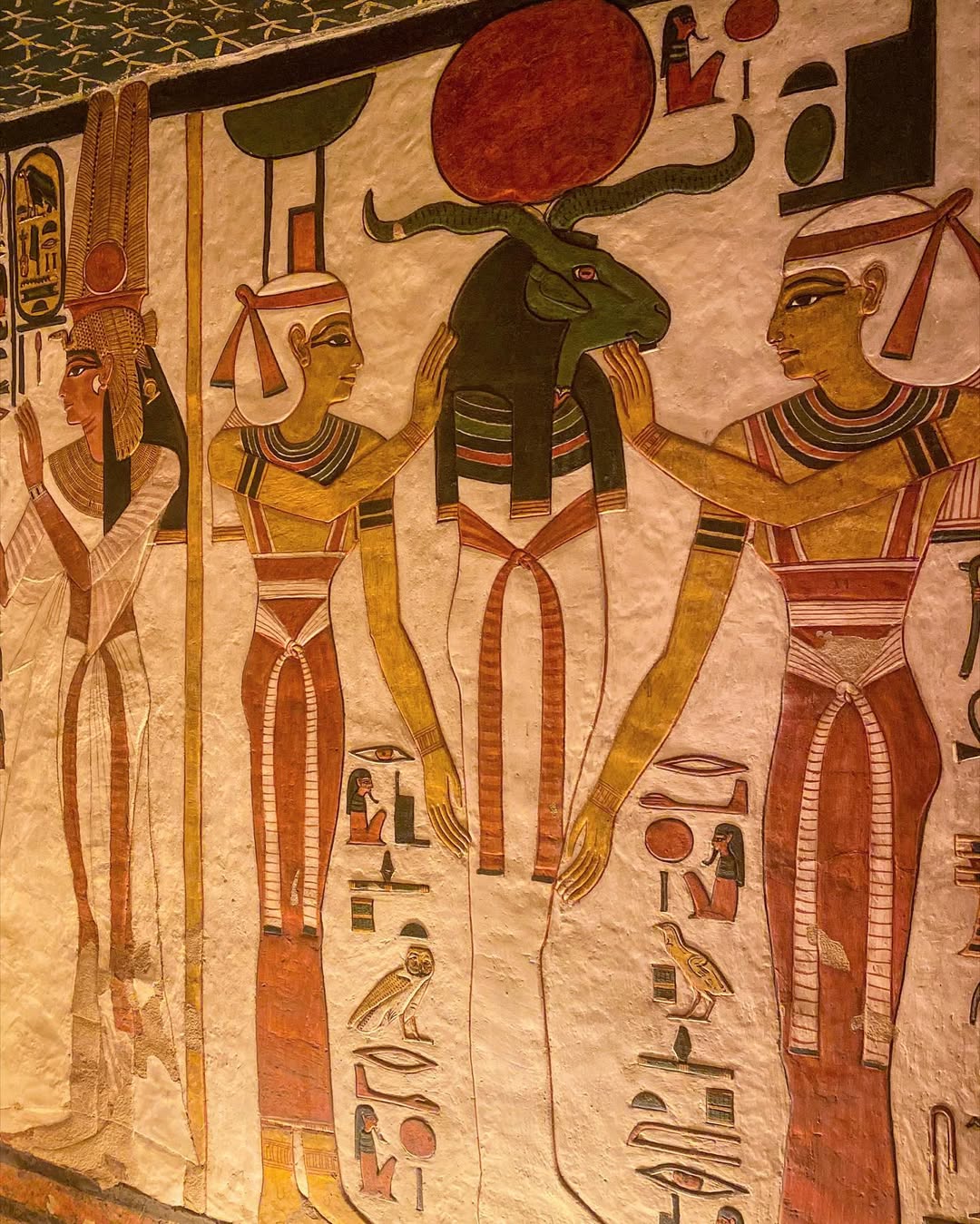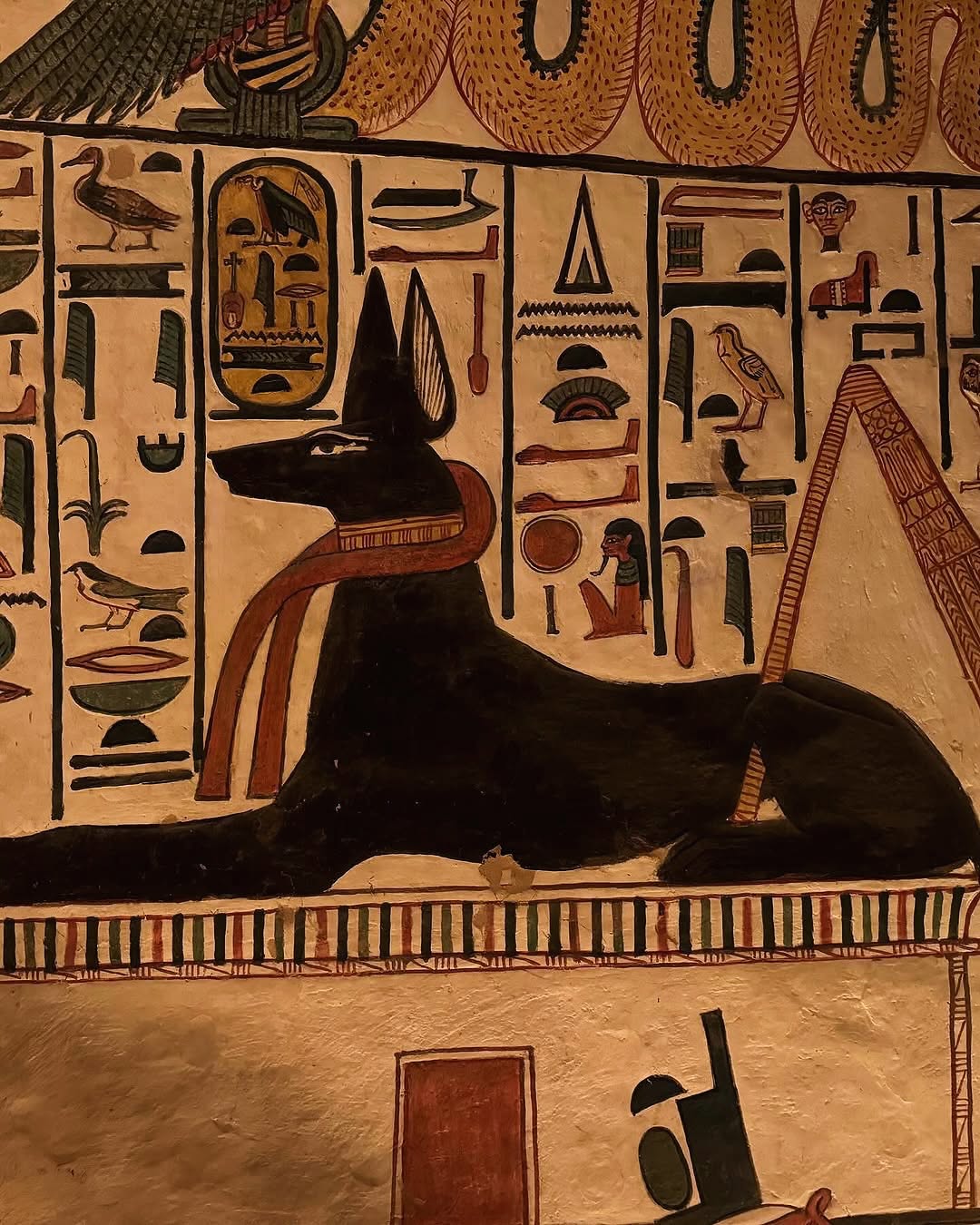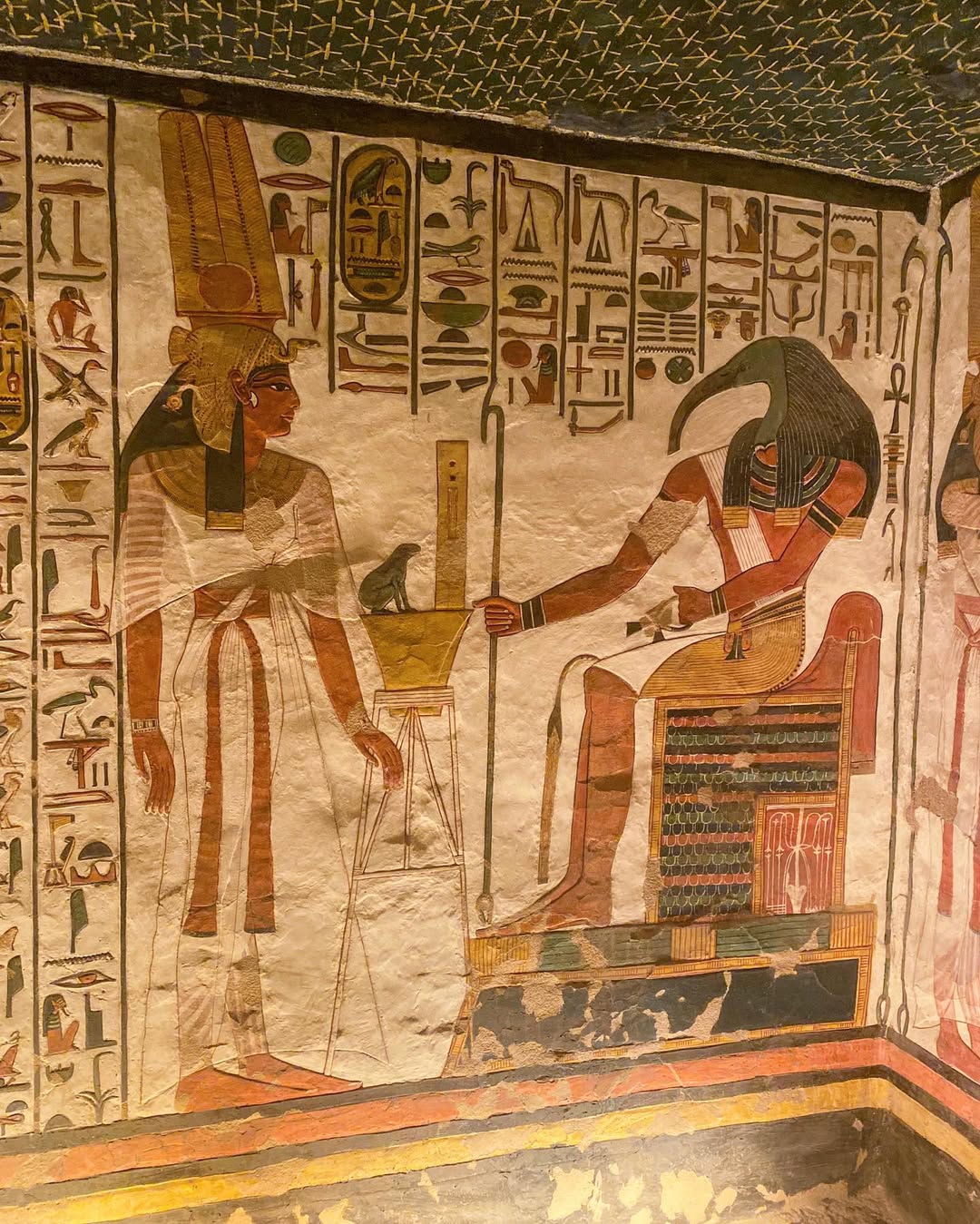Valley of the Queens Luxor
The Valley of the Queens: Luxor’s Magnificent Necropolis of Royal Women and Children
Introduction: A Sacred Burial Ground of Untold Stories
Nestled in the dramatic limestone cliffs of Luxor’s West Bank, the Valley of the Queens (Biban el-Harim) stands as one of ancient Egypt’s most evocative archaeological sites. This sprawling necropolis served as the final resting place for queens, princesses, and royal children during the New Kingdom period (1550-1070 BCE), particularly under the 19th and 20th Dynasties when Thebes (modern Luxor) flourished as Egypt’s religious capital. Unlike the more famous Valley of the Kings with its pharaohs’ tombs, this sacred valley offers visitors a more intimate glimpse into the lives and afterlives of Egypt’s royal women and their families.
Historical Context and Discovery
The Valley of the Queens gained prominence during the Ramesside period when the nearby Valley of the Kings became increasingly crowded. Archaeologists have identified over 90 tombs in the area, though many remain unexcavated. The site was largely forgotten after antiquity until:
-
1904: Italian Egyptologist Ernesto Schiaparelli began systematic excavations
-
1972: The stunning discovery of Nefertari’s tomb by the Turin Mission
-
1986: UNESCO designation as part of the Ancient Thebes World Heritage Site
Architectural Evolution Through the Ages
The tombs showcase remarkable architectural development across three centuries:
Early 18th Dynasty Tombs (1550-1292 BCE)
-
Simple pit graves or small chambers
-
Minimal decoration, if any
-
Example: Tomb of Sitre (QV38), wet nurse to Queen Hatshepsut
19th Dynasty Golden Age (1292-1189 BCE)
-
Multi-room complexes with descending corridors
-
Elaborate painted decorations
-
Example: The magnificent Tomb of Nefertari (QV66)
20th Dynasty and Later (1189-1070 BCE)
-
Reuse and modification of existing tombs
-
Combination of traditional and new artistic styles
-
Example: Tomb of Tyti (QV52) with its hybrid decorations
The Crown Jewel: Tomb of Nefertari (QV66)
Undoubtedly the valley’s most spectacular tomb belongs to Nefertari, the beloved Great Royal Wife of Ramses II. This burial chamber represents the pinnacle of New Kingdom funerary art:
-
Artistic Mastery: Vibrant paintings cover every surface with scenes from the Book of the Dead
-
Color Preservation: Remarkable retention of original pigments including rare lapis lazuli blue
-
Symbolic Program: Detailed depictions of Nefertari’s journey through the afterlife
-
Conservation Status: Underwent extensive restoration by the Getty Conservation Institute (1992-2003)
Other Significant Tombs Worth Exploring
While Nefertari’s tomb rightfully claims much attention, several other noteworthy burials deserve examination:
Tomb of Amunherkhepeshef (QV55)
This beautifully decorated tomb belonged to a son of Ramses III. Visitors can admire:
-
Well-preserved reliefs of the young prince with various deities
-
Traditional funerary texts and spells
-
Excellent examples of Ramesside period art styles
Tomb of Khaemwaset (QV44)
Another son of Ramses III, this tomb features:
-
An extraordinary astronomical ceiling
-
Vivid depictions of the prince before Osiris
-
Interesting variations in artistic quality between chambers
Tomb of Tyti (QV52)
The burial place of a lesser-known royal woman showcases:
-
Unique hybrid artistic styles
-
Beautiful representations of the goddess Hathor
-
Evidence of later reuse and modifications
Religious Significance and Funerary Beliefs
The valley’s location held deep religious meaning:
-
Proximity to the workers’ village at Deir el-Medina
-
Association with Hathor as “Mistress of the West”
-
Alignment with the setting sun, symbolizing rebirth
-
Natural pyramid-shaped peak representing the primordial mound
The tombs themselves served as:
-
Eternal homes for the deceased
-
Places for ongoing mortuary cults
-
Gateways to the afterlife
-
Physical manifestations of religious texts
Current Archaeological Work and Discoveries
Modern research continues to reveal new insights:
-
The Theban Mapping Project documents all tombs digitally
-
Ongoing conservation of fragile wall paintings
-
Ground-penetrating radar surveys for undiscovered tombs
-
Microclimate studies to improve preservation methods
-
Re-examination of existing tombs with new technologies
The Visitor Experience: What to Expect
Best Times for Visiting:
-
Early morning (cooler temperatures and softer light)
-
Late afternoon (dramatic shadows enhance the reliefs)
-
Avoid midday heat which can exceed 40°C in summer
Essential Tips:
-
Engage a knowledgeable Egyptologist guide for deeper understanding
-
Bring water, sun protection, and comfortable walking shoes
-
Respect all photography restrictions to preserve the art
-
Visit less-crowded tombs after seeing the highlights
-
Allow at least 2-3 hours for a thorough exploration
Nearby Sites to Combine:
-
Deir el-Medina (ancient workers’ village)
-
Medinet Habu (Ramses III’s mortuary temple)
-
Ramesseum (memorial temple of Ramses II)
-
Valley of the Nobles (tombs of high officials)
Conservation Challenges and Efforts
The fragile tombs face numerous preservation issues:
-
Salt crystallization damaging wall paintings
-
Fungal growth encouraged by visitor humidity
-
Fading of pigments from environmental exposure
-
Structural stresses in the soft limestone
-
Balancing tourism access with conservation needs
Modern solutions include:
-
Strict visitor limits in sensitive tombs
-
Advanced climate monitoring systems
-
Non-invasive cleaning techniques
-
Digital preservation through 3D scanning
-
Ongoing maintenance by international teams
Why the Valley of the Queens Matters Today
This remarkable site offers:
-
Insights into the lives of royal women often overlooked in history
-
Evidence of artistic development across dynasties
-
Understanding of evolving funerary practices
-
Connections to broader Egyptian religious beliefs
-
Examples of ancient color technology and preservation
-
Lessons about balancing archaeology with tourism
Conclusion: A Living Monument to Egypt’s Royal Women
The Valley of the Queens stands as a testament to the importance of women in ancient Egyptian society. More than just a collection of tombs, it represents a sacred landscape where art, religion, and eternity intertwined. As ongoing research continues to reveal new secrets, visitors today can walk in the footsteps of queens and princesses, marveling at the vibrant paintings that have survived three millennia to tell their stories. For those seeking to understand ancient Egypt beyond the famous pharaohs, this valley offers an unparalleled connection to the royal women who shaped one of history’s greatest civilizations.
